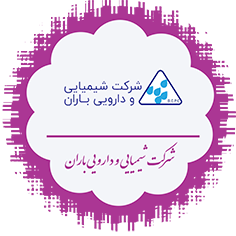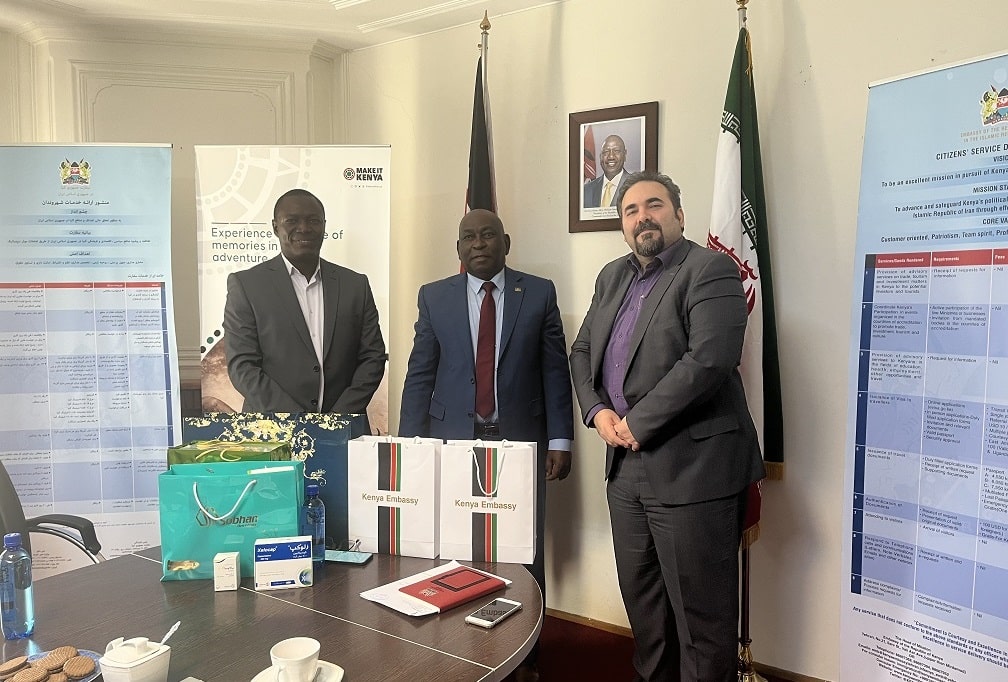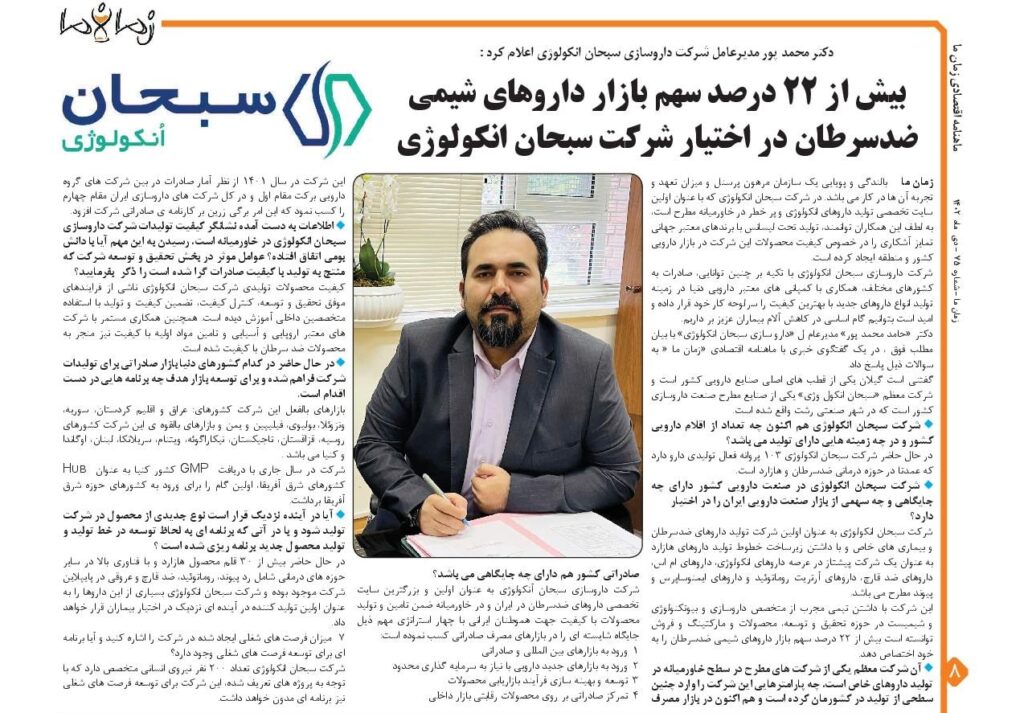بالندگی و پویایی یک سازمان مرهون پرسنل و میزان تعهد و تجربه آن ها در کار می باشد. در شرکت سبحان انکولوژی که با عنوان اولین سایت تخصصی تولید داروهای انکولوژی و پر خطر در خاورمیانه مطرح است، به لطف این همکاران توانمند، تولید تحت لیسانس با برندهای معتبر جهانی تمایز آشکاری را در خصوص کیفیت محصولات این شرکت در بازار دارویی کشور و منطقه ایجاد کرده است.
شرکت داروسازی سبحان انکولوژی با تکیه بر چنین توانایی، صادرات به کشورهای مختلف، همکاری با کمپانی های معتبر دارویی دنیا در زمینه تولید انواع داروهای جدید با بهترین کیفیت را سرلوحه کار خود قرار داده و امید است بتوانیم گام اساسی در کاهش آلام بیماران عزیز بر داریم.
به سبحان انکولوژی خوش آمدید


هدف سبحان انکولوژی

دکتر حامد محمدپور
مدیرعامل سبحان انکولوژی
سبحان انکولوژی در یک نگاه
داروسازی سبحان انکولوژی یکی از مدرن ترین و پیشرفته ترین مجموعه تولیدی داروهای ضد سرطان در خاورمیانه است که در سال 1381 بنا شده است. این شرکت با استفاده از دانش علمی و فنی متخصصان ایرانی و با بهره گیری از فناوری های روز جهان، با نظارت شرکت LSMW آلمان که یکی از پیشگامان این عرصه است، تاسیس شد و تمامی خطوط تولید و فرآیند های حاکم در این سایت دارویی با رعایت کامل استانداردهای روز دنیا و با استفاده از آخرین فناوری های موجود از نظر طراحی و ماشین آلات به کار گرفته شده است.
شرکت سبحان انکولوژی در صنعت داروسازی ایران تلاش کرده است که نیازهای بیماران را برآورده نموده و با ارائه راه حل های نوآورانه و تقویت حضور بین المللی، اطمینان می دهد که بیماران دسترسی بیشتری به طیف گسترده ای از داروهای حیاتی با قیمت مناسب داشته باشند.
نیروی انسانی دانشآموخته و کارآزموده سبحان انکولوژی، با بهره گرفتن از دانشهای پیشرفته و تلفیق آن با توانمندیهای مدیریتی و اجرایی و به کار بستن آخرین دستورالعملهای کیفی FDAوPIC/S استانداردهای بین المللی را در ارزیابی محصولات ساخته شده و همچنین در کنترل فرآیند، از خرید مواد اولیه تا انبارداری محصول نهایی به اجرا درآورد و از طریق همکاری با شرکت های معتبر دارویی جهان همچون، سانوفی فرانسه، روش و استراژن سوییس و سایر شرکت های مطرح دارویی جهان توانسته است داروهای تحت لیسانس با استانداردهای جهانی و قیمت مناسب را وارد بازار دارویی کشور کند.این شرکت با سال ها تجربه در زمینه تولید فرآورده های دارویی ضدسرطان موفق شده است گواهینامه های متعددی را دریافت نماید.
داروسازی سبحان انکولوژی به جهت بهبود و شفافیت عملکرد خود، در سال 1394 در فهرست بازار دوم فرابورس ایران قرار گرفت.
شرکای تجاری سبحان انکولوژی
شرکت سبحان انکولوژی با اخذ دانش فنی از شرکای بین المللی خود همچون Roche و Stragen سوئیس، Sanofi فرانسه، Biosyn آلمان، Cipla هند و Nipponkayaco ژاپن توانسته است داروهایی با کیفیت بالا تولید کند. به طوری که حجم بالای مصرف این داروها و موفقیت در عرضه و مصرف پیوسته محصولات تولیدی گواه کیفیت ارائه شده می باشد. در زمینه تامین مواد اولیه دارویی شرکت سبحان انکولوژی همواره می کوشد از بهترین منابع در دسترس استفاده کند و ضمن تامین مواد اولیه مورد نیاز از شرکای تجاری ذکر شده با شرکت های معتبر اروپایی تولید کننده مواد اولیه همکای کند.















اخبار و رویدادهای سبحان انکولوژی








